
Creating an SEO strategy can feel like a game of risk.
While playing it safe will get you some results, it seems like it's the bold strategies that pay off the most.
However, making riskier moves isn't always a great decision.
If you implement an SEO tactic that goes against Google's policies, you may find that your listings are actually penalized.
When Google thinks you're trying to cheat their system, it'll only become harder and harder to reach the top of a SERP.
It's difficult to navigate the fine line between risky SEO moves that catapult you to the top of a results list and those that put you on Google's bad side.
When you read stories of websites using "risky" tactics to get results, you may find yourself wondering "should I try that too?"
One of these more risky tactics is building sidebar backlinks.
While sidebar backlinks may seem like a quick fix to land you more backlinks to your site, they're often not as beneficial as you might think.
Let's take a deeper look into sidebar backlinks—and whether or not they're worth your attention.
What are Sidebar Backlinks?
Sidebars have been used to provide quick and easy access to popular pages for a while now.
As a website feature that displays on just about every page, the sidebar can be extremely helpful for visitors to explore a blog, find new products, or even get to know a bit about the website's owner or company.
Here's an example of a sidebar on our blog, to the right of the main content:
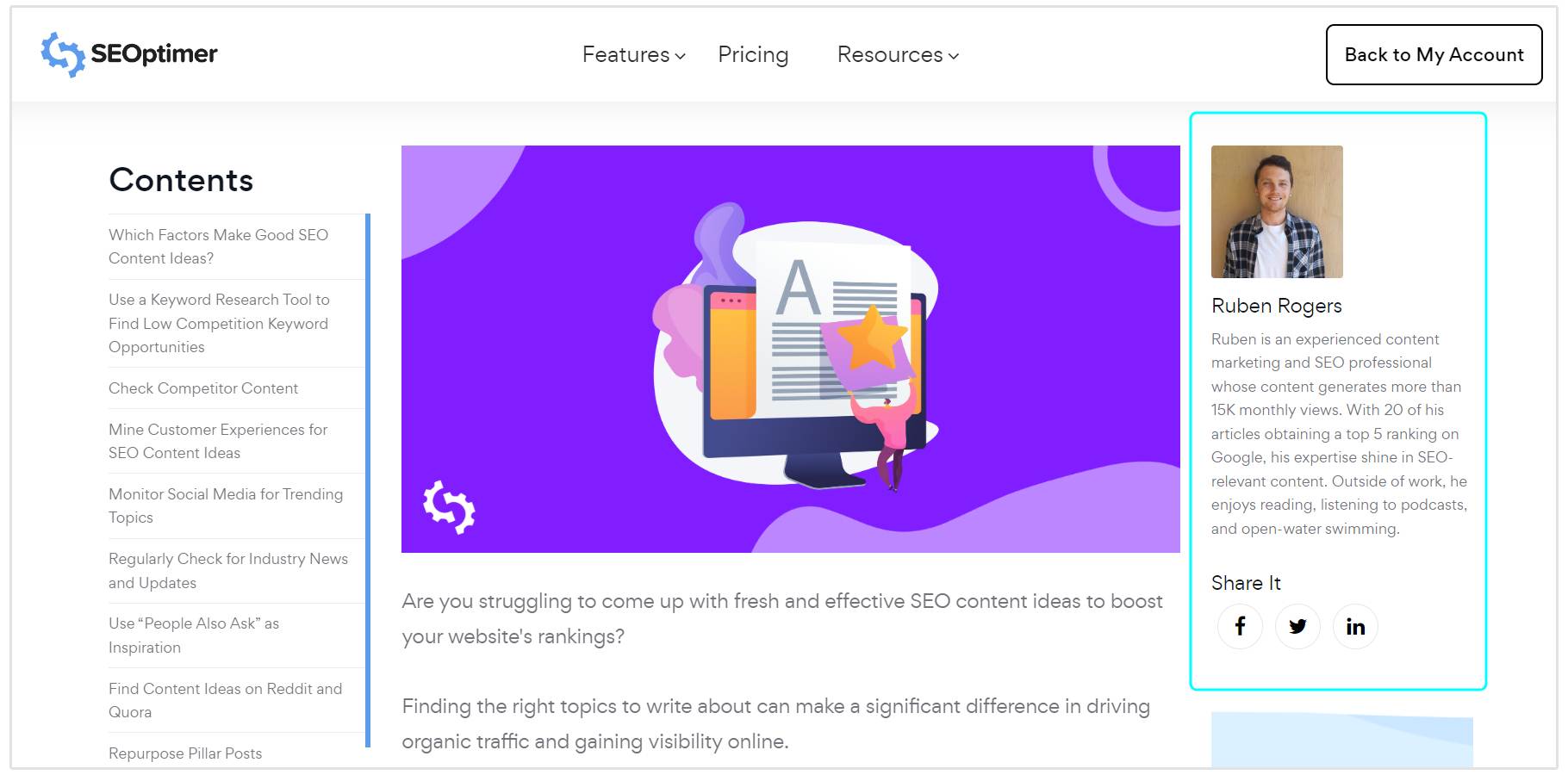
On a blog like this one, the sidebar helps users quickly navigate to recent or popular posts and subscribe to mailing lists.
Meanwhile, on a resources page like this one, the sidebar is used to direct people to other areas of the site that they may find valuable.
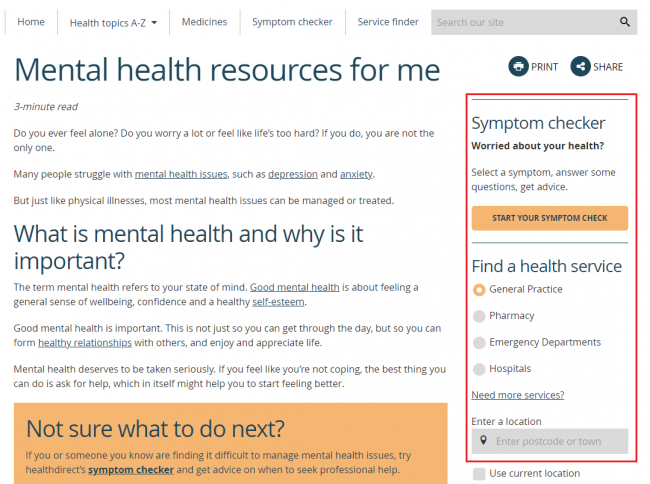
Sidebar backlinks are just what they sound like—backlinks located within a website's sidebar. Sidebar backlinks are considered a type of sitewide backlink.
This is what Google thinks about sitewide backlinks:
When a backlink is placed in the sidebar, it'll display on every website page that features the sidebar. In many cases, this could mean dozens and dozens of links back to your website.
Are Sidebar Backlinks Valuable?
If you're thinking that adding backlinks to your sidebar will skyrocket your number of backlinks, and thus your search engine ranking, you'd be wrong.
Sidebar backlinks aren't an efficient way to cheat the system.
However, they're not necessarily bad for your site either.
The truth about whether or not sidebar backlinks are valuable is that it depends.
Whenever a backlink is placed on a website, Google is going to look at how relevant that link is to the site. This same idea applies to backlinks within the sidebar.
While the link might fit with the website as a whole, Google will ask whether or not it really belongs in the sidebar.
If it doesn't seem necessary, or if the sidebar is packed with dozens of other backlinks without any clear relation, then it'll most likely be deemed spammy.

But if the link is relevant to any and all visitors, such as a company's privacy policy, then including it within the sidebar is natural. Links like these are seen as valuable and won't hurt SEO.
However, these kinds of links typically aren't considered part of your link building strategy. Instead, they're just important pieces of any website or blog to help users navigate around your site.
When it comes down to it, including backlinks in your sidebar isn't going to do much for your SEO.
While some links may belong there, they're not there to improve your ranking.
3 Ways to Know if They're Worth the Risk
Back in Google's pre-Penguin days, the number of backlinks mattered much more than how well they fit.
In order to improve your search engine ranking, you just needed to have as many backlinks as possible.
This meant that adding links to multiple pages—regardless of how well they fit—could help you reach the top of a search engine results page faster.
However, since the Penguin update, Google started to consider the quality of links over the quantity. Instead of promoting pages with a lot of backlinks, they started looking for sites that had a lot of backlinks that truly belonged there.
.png)
When deciding the quality of a backlink, Google is going to consider three different areas: anchor text, link placement and link relevancy.
Unfortunately, sidebar backlinks seem to miss the mark in every area—meaning you're probably not going to see many results from this risky placement.
Let's take a look at exactly why backlinks in the sidebar aren't worth the risk—and what you can do instead to help improve your backlink strategy.
1. Anchor Text
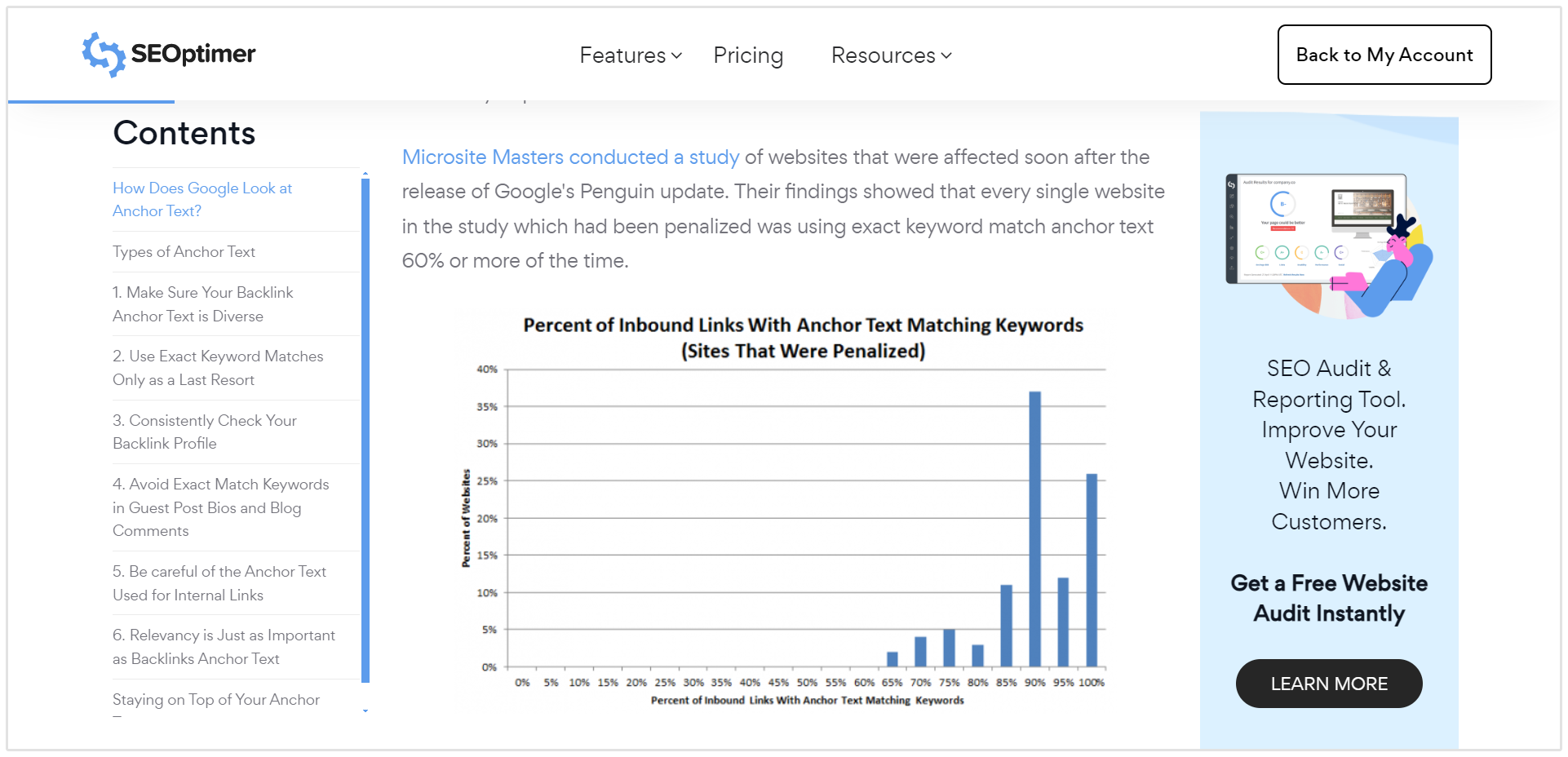
The anchor text of a backlink is the visible, clickable portion that appears within the content.
Anchor text allows website owners to seamlessly add links right within their web content, helping both search engines and website visitors to understand what information the link leads to.
When it comes to SEO, anchor text is important because it usually contains keywords relevant to the contents of the link.
This gives search engine crawlers a better idea of when that piece of content should appear in different searches.
However, if you're actively building links in sidebars, you usually don't have the same freedom with your anchor text.
You may be getting a naked link, or your anchor text may be an exact match of the keyword you're trying to target—which can be bad for search engines.
Anchor texts that are too close to a targeted keyword look spammy or paid.
Because they don't seem natural, Google doesn't give them the same level of attention. If there are too many on your site, it can ruin your anchor text profile and your overall search engine reputation.
If you have sitewide backlinks that are keyword-rich, you may actually be seriously damaging your SEO.
What You Should Do Instead
Add your backlinks where they make the most sense naturally, using anchor text that provides deeper insight into the contents of the link.
If you must include a link within your sidebar, opt for a branded anchor text rather than generic keywords.
How to Check Anchor Text
Use SEOptimer to check how all your current backlinks stack up to the anchor text test.
From the "Backlink Research" tab, you'll be able to see your entire backlink profile as well as important metrics to help you assess how each link stacks up to these criteria.
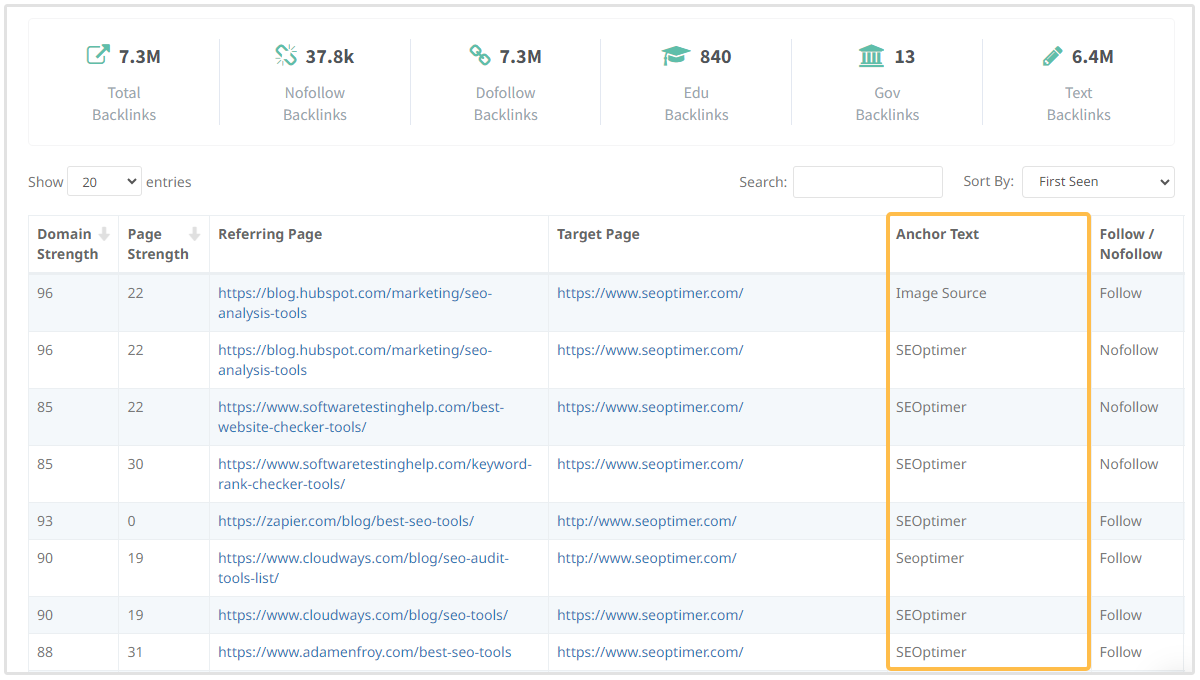
2. Placement
Any time you add a link to your website, it should bring value to your visitor.
Whether it's a backlink to another company's blog or a navigation link to another area of your own site, the link should make it easier for visitors to get from Point A to Point B.
When Google is determining the quality of your backlink, they're going to consider whether or not that placement makes sense where it is.
They'll look at if it provides real value to your visitor, and if your visitor might be looking for that information at that time.
While the sidebar is a great location to add some internal links to different areas of your own site, visitors probably aren't looking to check out another site's content when they're browsing yours.
This means that Google might not see the sidebar as the best location for a backlink to an external site.
In some situations, it might make sense for a link to be in the sidebar—but it's risky. If it's not immediately clear why that link is there, you may get flagged for spam.
What You Should Do Instead
Put your backlinks where they're most helpful to your visitor.
Consider what kind of additional information they may be looking for at that time and add your link in a way that pushes them on in a natural way.
How to Check Link Placement
To find out exactly where each of your backlinks is placed, you'll need to manually visit the URLs in the "Referring Page" column and use your judgment to assess whether the placement of your backlink looks natural.
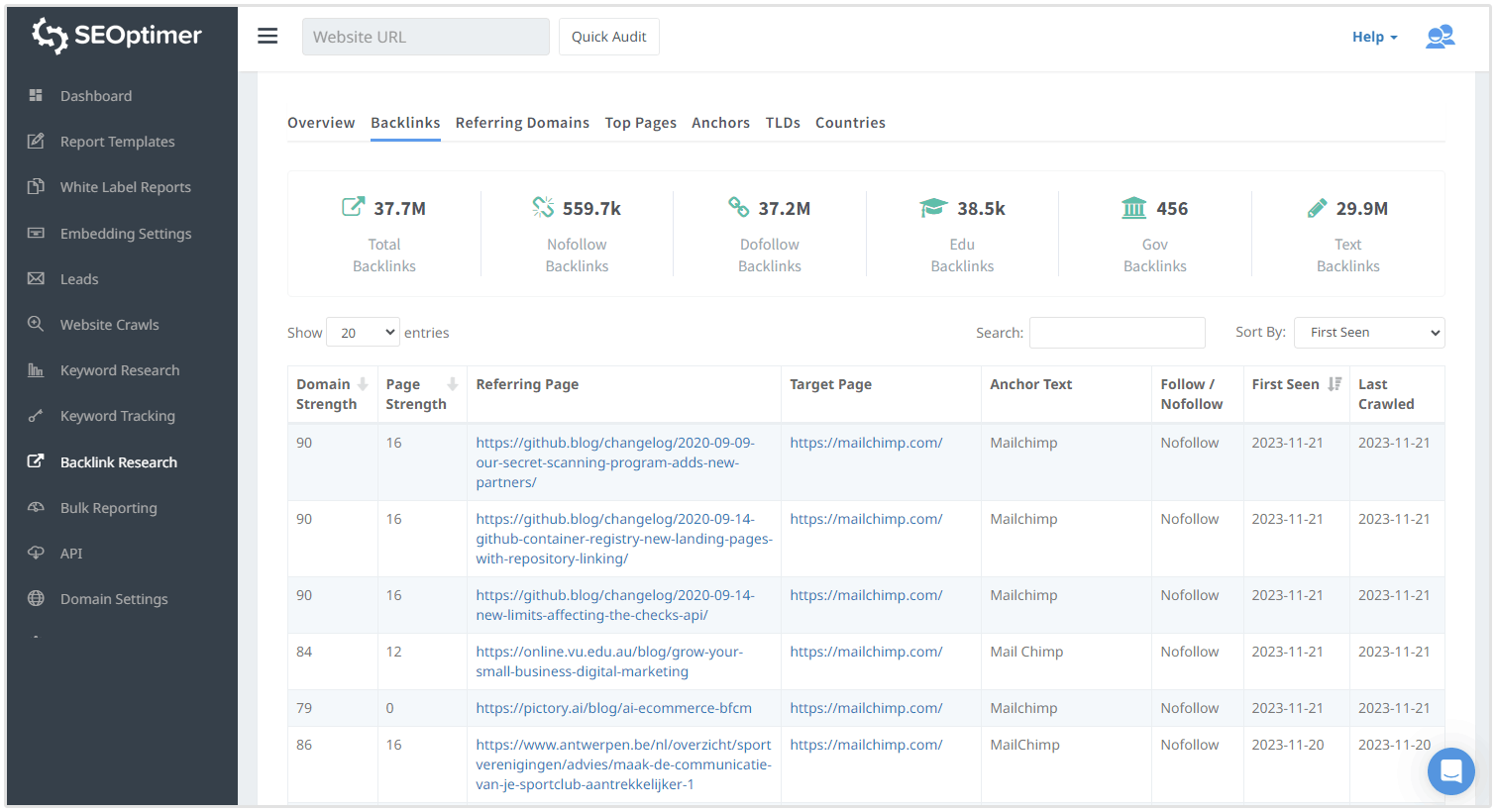
For example, one of these URLs leads to a low-quality site filled with spam links placed unnaturally in punctuation.

3. Relevancy
A high-quality backlink should be informative and helpful to your visitor, regardless of where it's placed. This means that the content within the backlink should be in some way related to the content on your own site.
In other words, the link needs to be relevant to your target audience.
When Google determines the quality of your backlinks, it's going to take a look at how relevant that link is to the keywords you're targeting and the information you provide to your website visitors.
If it doesn't seem to fit, Google could raise the spam flag.
The same idea applies to your sidebar.
However, the lack of context within a sidebar can make things a bit more complicated.
In order for a link to seem relevant in a sidebar, it needs to fit almost perfectly with the contents of the rest of your site.
When a backlink is within a blog post, Google can see if it fits within the context of the content.
This means that links that might not automatically fit within the niche of your website can still be considered relevant. Unfortunately, the same isn't true when those links are placed in your sidebar.
What You Should Do Instead
Only include highly relevant links within the content of your website.
If you need to include a link in your sidebar, make sure it fits perfectly into the niche of your website and that Google can clearly see why it belongs.
How to Check Link Relevancy
Like with link placement, you'll need to visit the URL of each linking site to check if the backlink is relevant.
Here's a great example of a relevant, contextual backlink within content:
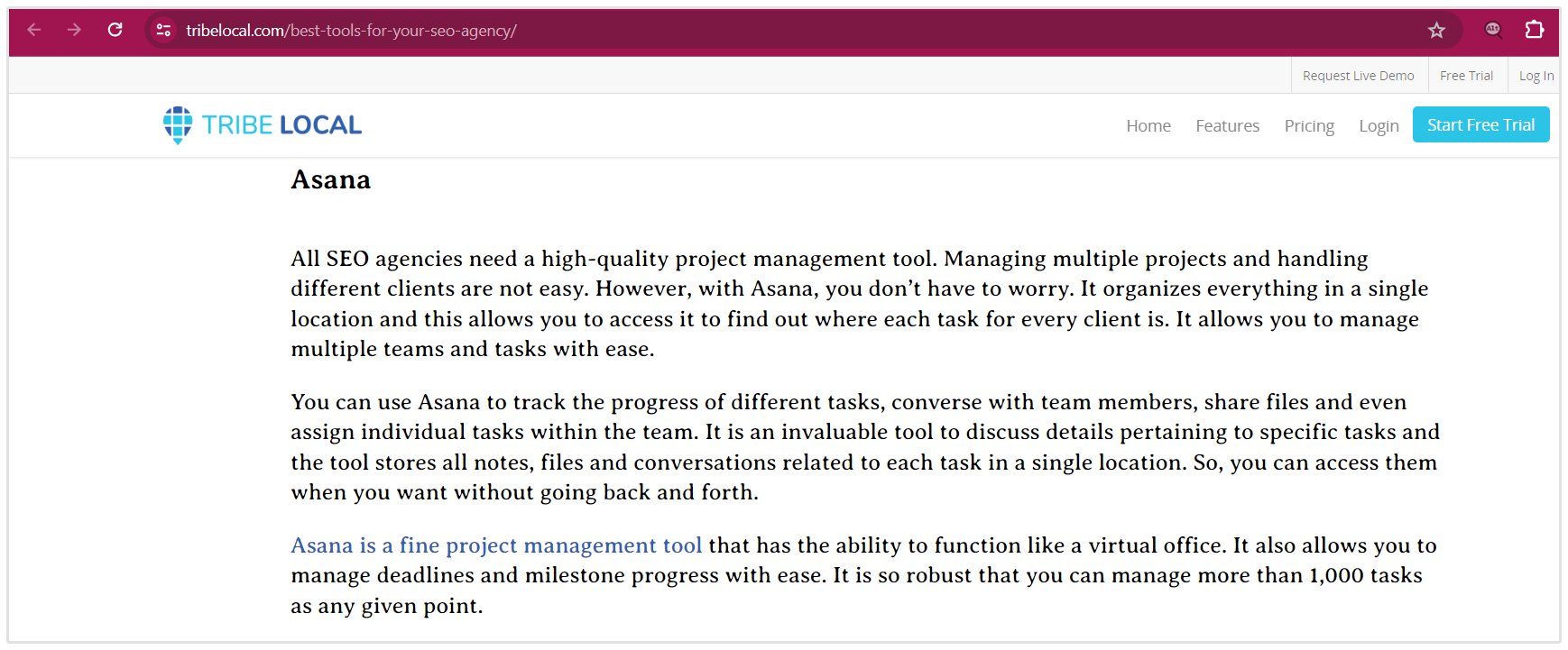
Sidebar Backlinks Wrap-up
When it comes down to it, sidebar links aren't likely to ruin your SEO—especially if you're smart about the links you include.
However, they're also not likely to help boost your ranking.
Sidebar backlinks aren't seen as incredibly valuable, regardless of how they're placed or where they point to. In fact, they're largely ignored by search engine crawlers.
This means you could be wasting your time building sidebar backlinks when there are dozens of other backlink strategies that can do even more for you.
If you need to include a link in your sidebar, be strategic about what you're sharing. Make sure it's relevant, valuable and has anchor text that shows Google it isn't spam.










